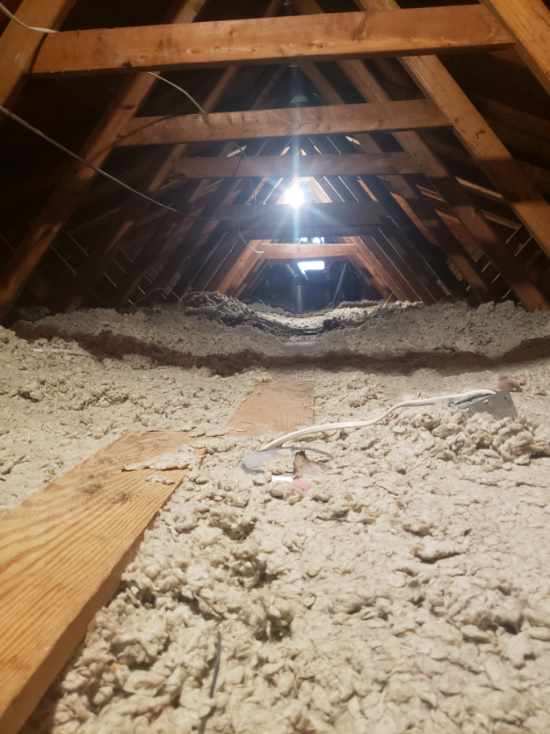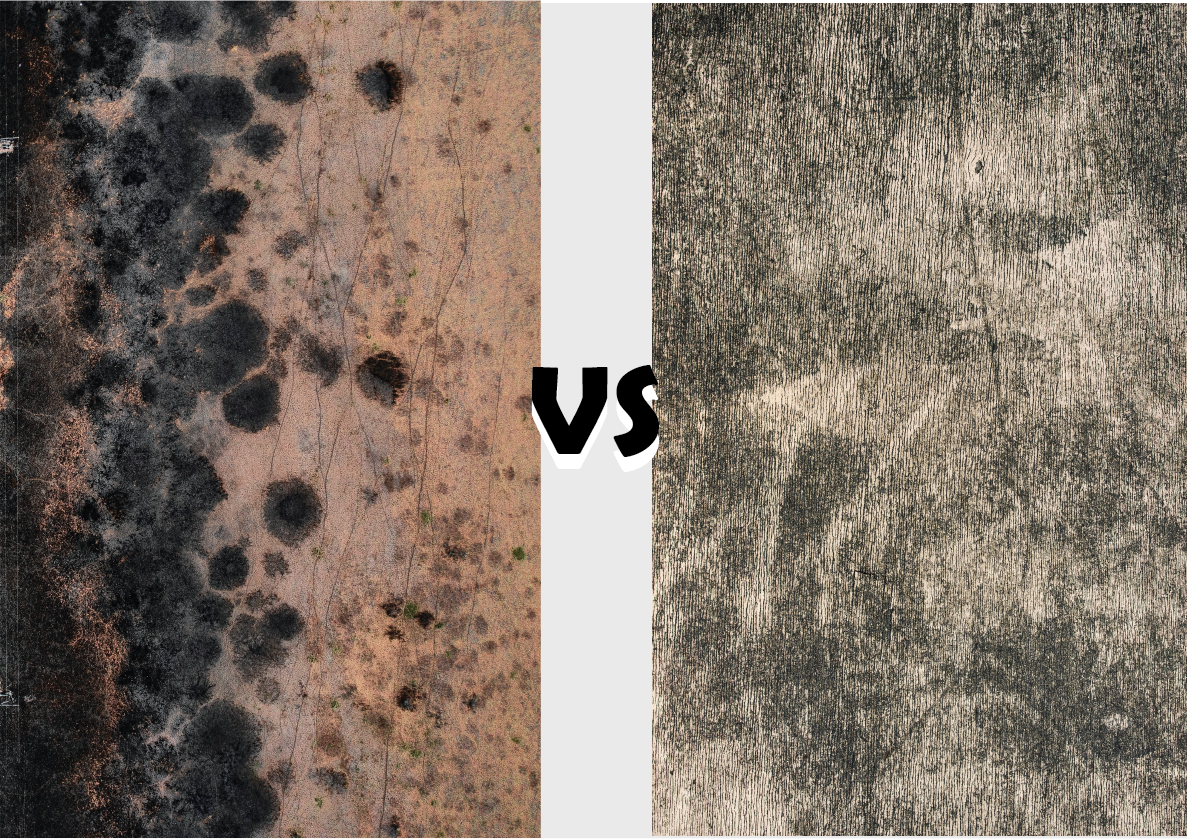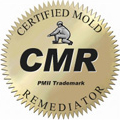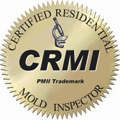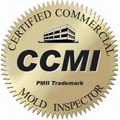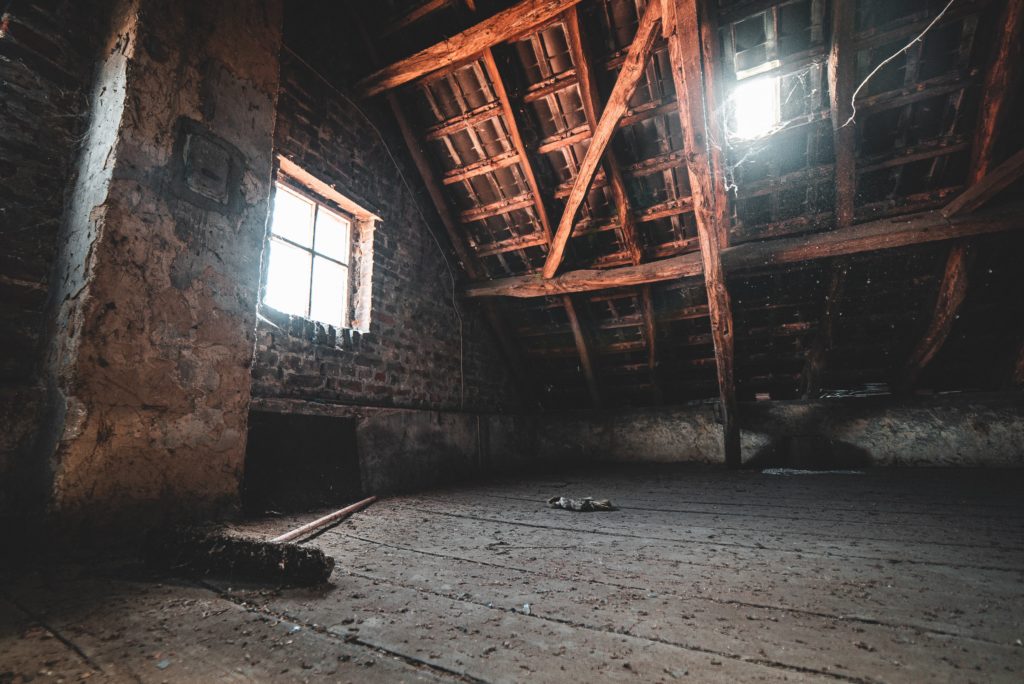
Most people don’t spend a lot of time in the attic. And that’s understandable, because they tend to be dark and scary. In fact, these are the spaces we stuff things we’re trying to avoid. That exercise bike we never use. The ugly furniture we can’t bear to toss. The weird sweaters from aunt Zelda. But one thing we definitely don’t want to store is funky fungus. So how do you prevent attic mold?
Today, we’ll take a look at how to keep mold out of your attic. Because believe it or not, that out-of-sight out-of-mind space is a breeding ground sneaky spores. As we all know, where there’s mold growth, there can be danger. And mold threatens not only the integrity of your home, but the health of your family.
To learn more about mold toxicity, Click Here.
Why Is Attic Mold Common
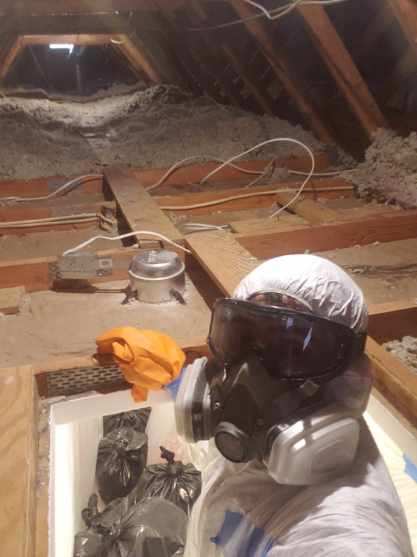
Turns out, mold loves an attic. Why? Because these spaces tend to be dark, humid, and hot. Add a roof leak to the mix, and you have a recipe for disaster. Not to mention, people don’t treat their attic the same as a lived-in space. It’s shut up and ignored for long periods of time. Thus, a high potential for undetected mold.
There are four main conditions that help mold thrive:
- Nutrients (Household items, wood, insulation, dust)
- Poor ventilation, no ventilation, or blocked air vents
- High humidity and moisture
- Warm temperatures
So you can see why an attic is a breeding ground for mold spores. But what can you do to prevent it?
Tips To Prevent Attic Mold
Everyone knows an ounce of prevention is worth a pound of cure. But what does that look like in terms of mold growth? As you might suspect, keeping mold out is a lot easier than removing it.
Here are some practical tips for keeping mold at bay:
Don’t stuff it with stuff – it’s hard, but try to hold your attic to the less-is-more rule. Mold thrives in crowded, cramped spaces.
Get an attic vent fan – mold hates ventilation. Plus, the fan will turn on in case of elevated moisture conditions, nipping mold growth in the bud.
Ensure proper insulation installation – if done properly, insulation should keep warm air from invading a cool attic and creating condensation.
Check exhaust fans – they should pump outside the home, not into the attic. This includes dryer exhaust, kitchen fans, and bathroom fans.
Do quarterly inspections – inspect your attic four times a year. Look for leaks, discoloration, raised shingles, and blocked vents.
How To Spot Mold
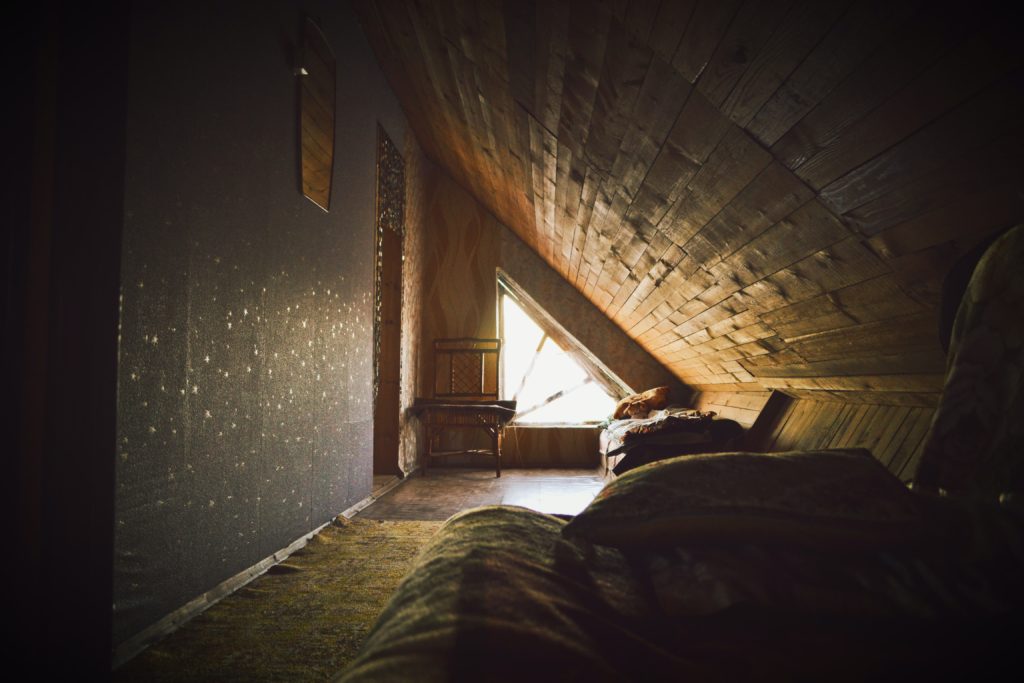
Worried you already have attic mold? Let’s consider some of the tell-tale signs you’ve been invaded:
- You have water stains on your ceiling
- There is water drippage, drainage, or seepage in your attic
- The insulation in your attic is damp
- You can see dark black stains on wood surfaces
- There’s a distinct musty odor in your attic
None of the above guarantee the presence of mold. But all are reason enough to get a professional opinion. If you suspect your attic has been infiltrated by a not-so-friendly-fungus, give Superior Damage Restoration a call ASAP. We’ll send an expert technician to assess the situation.
To read more about black mold, click here.

